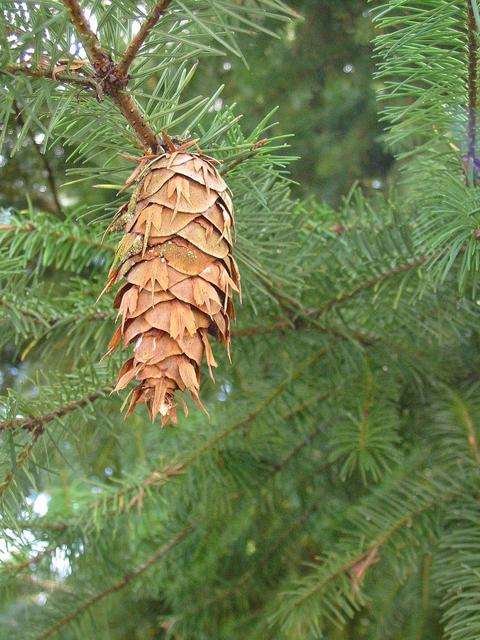|
CONE TREES >> Knowledge of the Beautiful Order of Community
 Upon reviewing the family of cone-bearing trees, it will appear, I think, that they all have relation to the organic life of the human race. The cedar illustrates the degrees of human life from outmost to inmost; the sequoia, the unity of the churches and races; the cypress shows that the race lives on forever with God in heaven; the juniper, that the same God is with us upon the earth, making angels of men; and the thuya, that the Lord’s love permeates the whole, blessing every effort to do right. The pines maintain the right of liberty to individuals and societies; and the spruces and firs, the necessity for good order and subordination. Upon reviewing the family of cone-bearing trees, it will appear, I think, that they all have relation to the organic life of the human race. The cedar illustrates the degrees of human life from outmost to inmost; the sequoia, the unity of the churches and races; the cypress shows that the race lives on forever with God in heaven; the juniper, that the same God is with us upon the earth, making angels of men; and the thuya, that the Lord’s love permeates the whole, blessing every effort to do right. The pines maintain the right of liberty to individuals and societies; and the spruces and firs, the necessity for good order and subordination.
All these trees are resinous, because their spiritual correlatives are essential to happy life. They are loved, not merely because they are beautiful and true, but with something of the zeal and fire of the love of life. They are also evergreen, because the perceptions which their leaves represent cannot do their work, and then intermit; but must be ever active. Some of the fruit trees relate to useful work which may be done, and then a rest; some timber trees also relate to kinds of knowledge that grow as they have opportunity, and rest between whiles. But not so the trees which represent a knowledge of principles essential to everyday life; these may, indeed, have seasons of special growth, but their activity cannot be wholly suspended even for a day.
The fruits of these trees are cones. The seeds are not shut up in close seed vessels, but lie open upon the scales, which are arranged in beautiful spirals. In pines and spruces, the cones are sometimes very large, and contain many seeds; in other trees, they are smaller; and in the cypress and juniper the fleshy scales consolidate into little berries containing very few seeds each, but the berries are numerous. The pollen-bearing cones are distinct from the seed-bearing—sometimes on separate trees.
Several of these facts are to be explained by the relation of the trees to organized social life.
The spiral cone, with its many scales, represents one’s idea of a community, as to the good qualities of companionship, neighborhood, separate independence, and beautiful order. The seeds nestled at the base of the scales represent the principles of life of the community, which, in the case of the edible pine seeds, are also duties. That they lie open upon the scales—not shut up in a seed vessel or fruit—is because they represent the public laws of society, and not merely the results of individual experience. The fertilization of the seeds by flowers in separate clusters, and sometimes on separate trees, is because these principles are not developed in solitude; they are principles of social life, and are developed by association. How otherwise could the first suggestions of the laws of social order, of degrees in human life, of the unity of mankind, and even of the necessity for independence be received? If received at all, it is manifest that they would be much less abundant and perfect in solitude than in a community; and this is true, also, of ideas of immortality, of the Divine Providence with men, and of the blessing of God upon a good life.
The cones of the cypress and juniper are small and fleshy, like berries, because our real knowledge of the providence of the Lord, in relation to this life and the other, is derived from personal experience within a small circle, and is a matter of gratitude and affection, as well as of knowledge.
Author: JOHN WORCESTER 1875
|